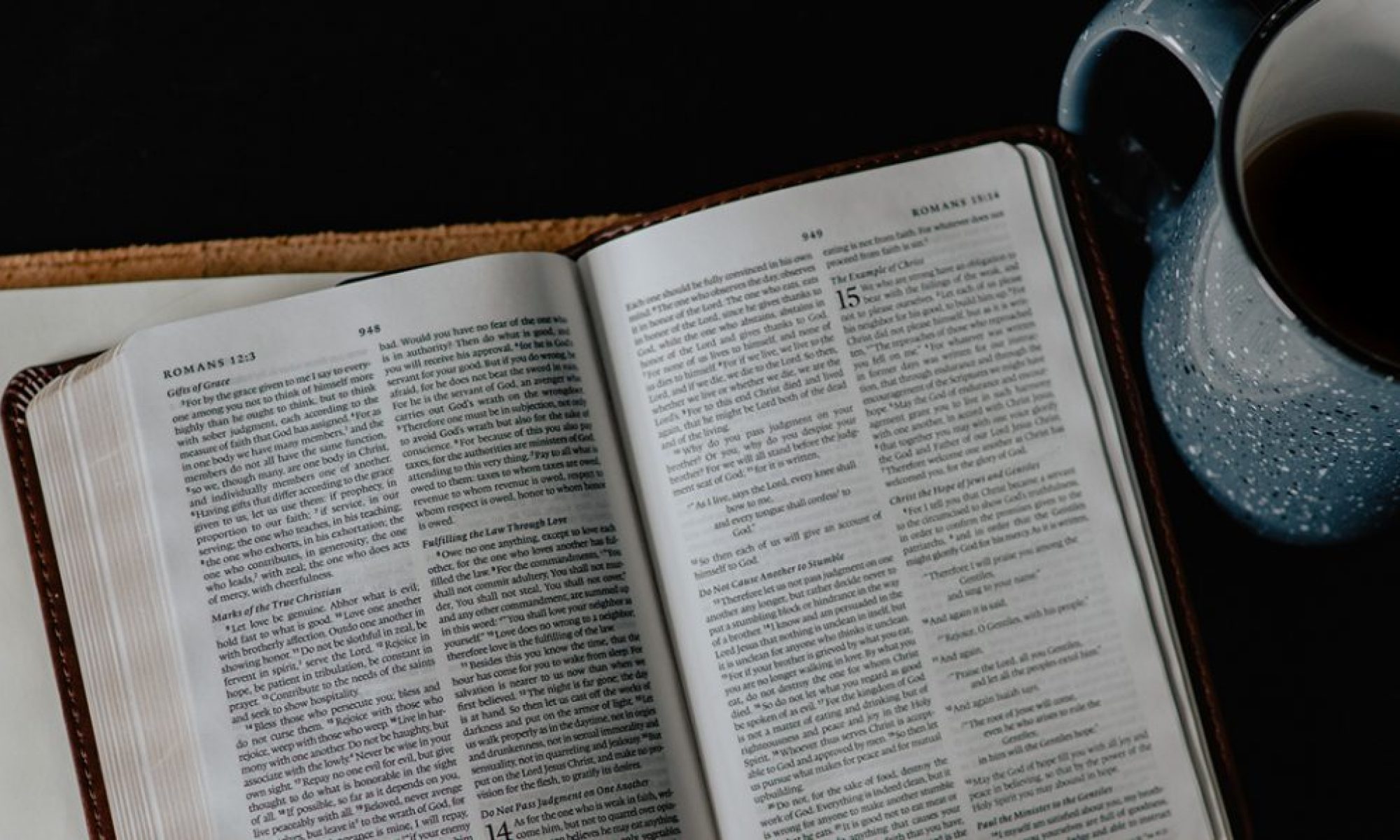Brothers and sisters,
I wanted to give you all a little insight into our up-coming summer sermon series. At this point in the church calendar, we’ve got a huge swath of time in which there are no major Christian holidays. That means that we’ve got a little more freedom over the next few months to explore some really interesting parts of the Bible. This is the time of year when we get to experiment some with different ideas, different passages, different books and authors.
So, as part of that, we’ll be starting a sermon series on June 11 entitled, “What’s His Name?” Now, writing the name of the series down doesn’t quite do it justice. To really understand the title, you need to imagine you’re having a conversation with a friend or a family member. As you’re talking, you say something about someone you know or know of — a friend of a friend, an old coworker, a famous person—but you can’t quite remember their name. So, you sit there, snap your fingers repeatedly, and say, “Oh, what’s his name? What’s his name?!” That’s the title of the sermon series — the snapping of the fingers, the feeling that you know this, and the question, “What’s His Name?”
For this sermon series, we’re going to be looking at more obscure books of the Bible or more obscure passages from famous books (we’ll end with a passage from Luke’s gospel that almost never gets preached on). The idea behind this is pretty simple—there are some really interesting texts that don’t often get preached on. In prepping for this series, I ran across some interesting numbers related to which parts of the Bible get preached on and which ones don’t. These numbers are based on the passages chosen by the Revised Common Lectionary (RCL). For those that may not know, the RCL is a three-year cycle of verses that cover most of the Bible. In other words, if you read through every passage selected by the lectionary, you’ll read most of the more famous passages from the Bible. In that sense, it can be a wonderful tool!
However, the RCL has some glaring gaps in the passages it chooses, with some books of the Bible being completely ignored (books like Nahum or Jude). To give you the numbers, the lectionary covers 72% of the entire New Testament. But when you break that down, the lectionary covers 90% of all four Gospels and only 54% of the non-Gospel parts of the New Testament. But, are you ready for the most glaring gap in the lectionary? If you exclude the times the RCL recommends one of the Psalms, the lectionary only covers 13.5% of the Old Testament. 13.5% of all those sacred scriptures! This summer, I hope we can remedy that. And I hope that by looking at some of these more obscure passages, you’ll be inspired to go and read some of the books of the Bible that maybe you haven’t thought of before!
Grace and peace,
Pastor Ben

